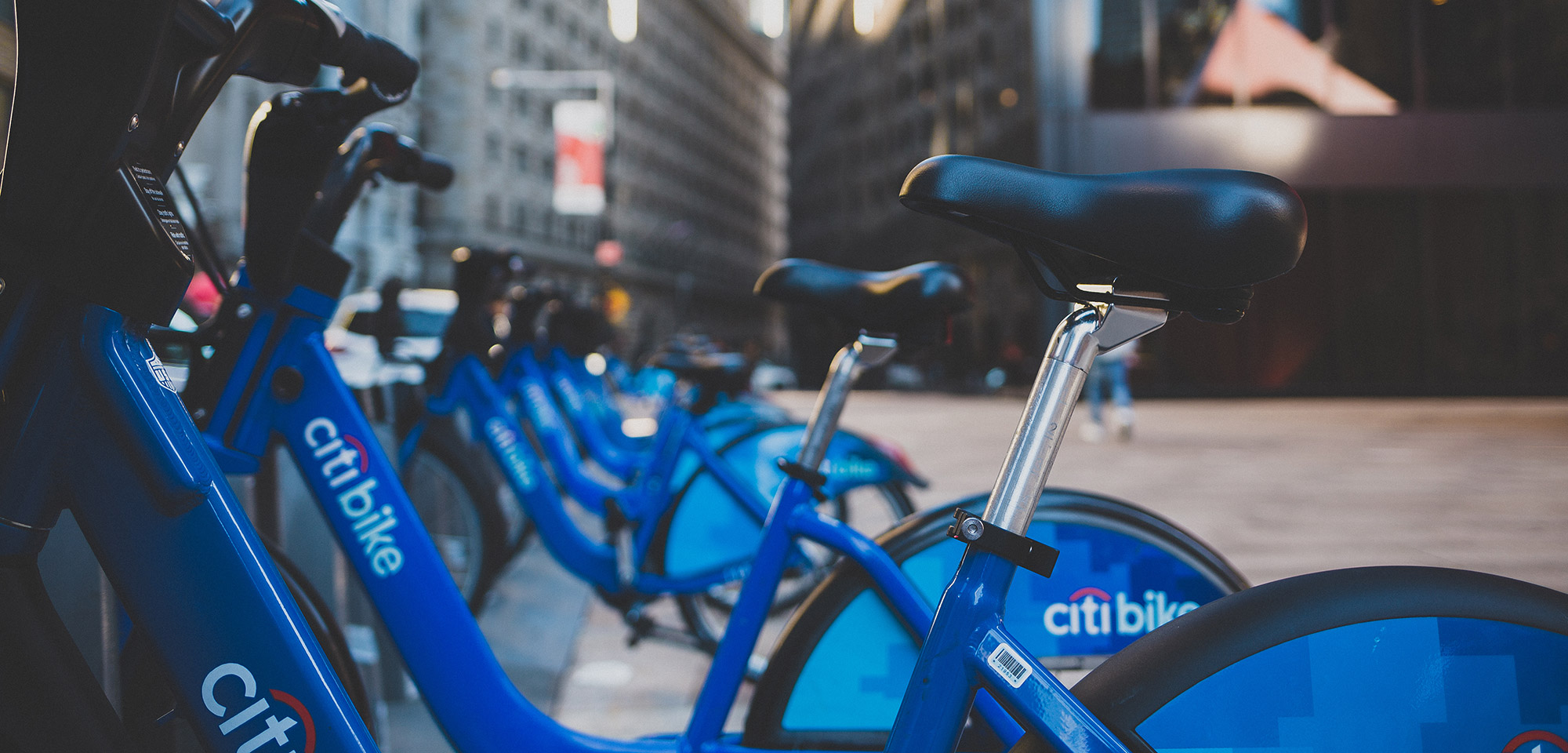Project:
Medical Mutual Design Sprint
For this project I was the UX design lead for the redesign of My Health Plan, Medical Mutual's claims servicing web application.
I believed collaboration was important to the success of this project. So I convinced the project sponsors, the VP of Customer Experience and Product Manager to deviate from Medical Mutual's traditional product development process by allowing me to organize a cross-functional team that explored ideas and validated concepts with users prior to development.
Team and Agenda
I organized a cross-functional team and set the weekly agenda to conduct the design sprints in one week iterations.
Cross-functional Team
Business
VP of Customer Experience
Product Manager
Product Owner
SMEs as Needed
Development
Project Manager
Business Analyst
Systems Architect
Lead Developer
Design
User Experience Designer
Visual Design
Front-end Development
Weekly Sprint Agenda
Day One:
We shared results from the previous sprint's user testing.
We pulled the next item to be worked on and began a discussion around the item.
Day Two:
We spent time exploring the current sprint's subject with the team and the appropriate subject matter experts.
We determined goals to be met for sketching, prototyping , and user testing.
Day Three:
We went through several iterations and sketching and critique session until we started to build consensus on what we should prototype for that week.
Day Four:
I completed a clickable prototype in Axure and we went through another round of critiques.
We discussed usability test session guide and how the activities related to the goals we set.
Day Five:
I conducted a test of our prototype with users. We utilized both onsite guerrilla user testing and remote unmoderated user testing.
Kick-off Workshop
Goals For the Responsive Redesign Project Workshop
Build Shared Understanding
What does responsive mean?
What does mobile mean?
What scenarios would a member need a responsive web application for?
Pre-Mortem
What can go wrong?
What do we need to consider and prepare for?
Customer Journey
Collaboratively develop customer journey map based on stakeholder assumptions
Identify gaps in journey and ideate potential bridges
Agreement on MVP
What features must MVP contain?
Prioritize features by importance and complexity
Develop sprint roadmap
Customer Journey
We developed a current-state customer journey considering member's experience before, during and after a doctor appointment. We also identified gaps in our current solution and explored potential solutions.
Minimum Viable Product
Out of the journey map, we pulled items out that we determined was functionality must exist in our MVP, and developed several good hypotheses to test down the road.
Prioritze Features
We took the items that we pulled for MVP and plotted them in a 2 x 2 by importance and how long we thought it would take to design. This helped us determine priority of the design work, as as set expectations on length of time to design relative to the other items.
The Claims Detail Page was identified as highest priority as well as most complex with many assumptions. Therefore, it was selected as the first item to be worked on.
Claims Detail Design Work
We tackled the Claims Detail Page in the initial three design sprints. This page is one of the most viewed on the claims servicing web application and the page's goal was to explain how our member's benefits were paid out and what their financial responsibility was, if any. A reoccurring issue of the business area was how to convey the value of health insurance for our members. Especially when the member has not yet met their deductible. That means we are not paying anything on the claim. However, we do get the member a discount on the amount normally charged by the provider.
Simple Prototyping Activity
This activity was just breaking down the claims detail page into individual elements in order to see if we could simply reorganize the page in a way that made more sense. This helped the group understand that certain elements belonged together because they shared a similar context.
Examples of Sketches and Wireframes
Here are several examples of sketches and wireframes throughout the first three design sprint iterations.
You can also see dot stickers from voting during the critique sessions.
Critique Session Example
This was from a critique session where we broke down the goals we had for that weeks design sprint work, and then compared the early wireframes to determine if we are heading in the right direction.
Breakthrough
This critique session was a breakthrough for us, because it is where we started to gain insight as to how this normally complex task may be simplified.
We displayed the important items of the claims financial information as an equation in order to explain how our member's financial responsibility worked.
The equation was: Provider Billed - Your Plan Benefit = Your Responsibility.
Your Plan Benefit was broken into Insurance Discount and Insurance Paid.
Your Responsibility showed what portion of their responsibility applied to Deductible or Co-insurance.
Finalizing the Design of the Claims Detail
At the end of our third sprint I tasked our visual designers to produce two high-fidelity mockups. Upon sharing our progress, an EVP (who was not involved in the sprints) preferred a version (Design B) of the design that did not include the equation (Design A) that had proven so successful with our testing. We built up enough trust with the process that our executive sponsors allowed us to have users make the final decision.
I ran two remote unmoderated studies with a total of 10 participants to determine which design would better accomplish the goal we set out for. One study had design A displayed first, and the second had design B displayed first to overcome the serial position affect (primacy/recency). Design A was preferred 10 out 10 times by the users and went to development.
View Remote Usability Study Guide
Design A
Design B
Design A Live on Medical Mutual's Claims Servicing Web Application
My Thoughts on Design































